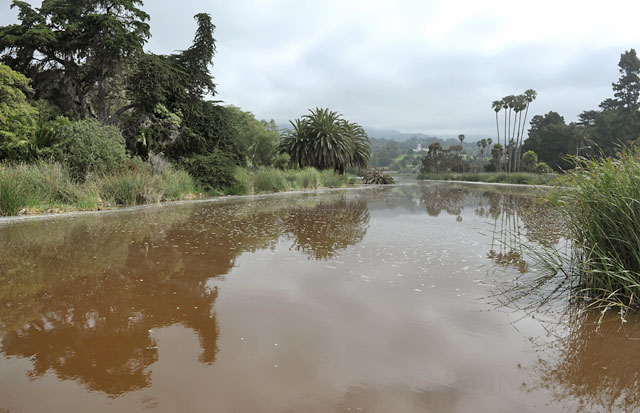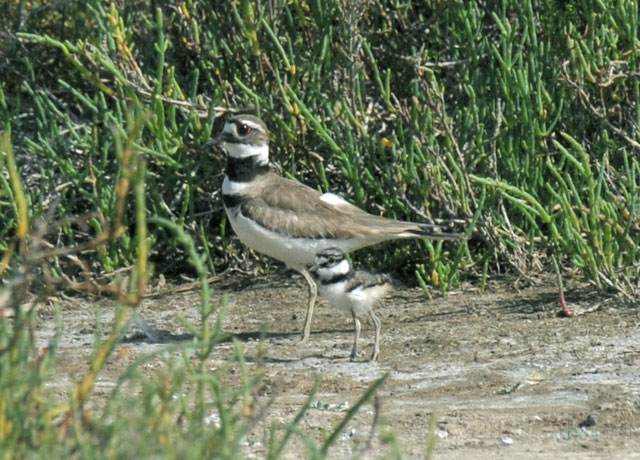The Stinky Bird Refuge Mystery
Officials Know What's Causing the Smell, but Not Why It's Happening Now

Foul fumes — the result of unnatural algae growth followed by its death and decomposition — have sporadically wafted from the Andree Clark Bird Refuge since it was built in 1929, but the rotten egg-like stink now coming from the 29-acre lake has city residents and officials wrinkling their noses and scratching their heads more than usual. That’s because the Parks and Recreation Department knows what is happening, but not why it is or how to fix it.
Every so often — the last instance was around July 4, 2009 — algae in the Bird Refuge goes on a growth streak, typically fed by warm temperatures, plenty of sunlight, and fertilizers and other nutrients that wash down from the fairways of the Montecito Country Club and the lawns that sit in a 844-acre urban watershed above. Poop from the dozens of bird species that live at the lake also nourishes the algae. (The Bird Refuge was originally a salt marsh that received fresh water from Sycamore Creek, but railroad construction in the 1880s rerouted the creek. Now, the only “fresh” water that enters the lake is runoff and rainwater.)
When the algae bloom reaches a tipping point, at which the plant life runs out of oxygen and space, it starts to die, explained UCSB ecology professor Scott Cooper. Bacteria that thrive in low-oxygen environments then munch on the material, releasing hydrogen sulfide, hence the noxious funk. The overall process is called eutrophication and also occurs at Lake Los Carneros and Campus Lagoon at UCSB, Cooper went on. In past years, when the issue popped up at the Bird Refuge the cycle of growth and decay was triggered by especially hot days and low water levels, two factors notably absent this time around. So why is it happening now? “To be honest, we don’t know,” said Jill Zachary, assistant Parks and Recreation director.
In 2009, the Bird Refuge was about half full, and city workers simply filled it the rest of the way with fresh water to eliminate the smell. Right now the lake is full. Therefore, Zachary explained, the city has deployed a small skiff with an outboard motor to churn and aerate the water. It ran Wednesday and will make a number of laps again Thursday. City reps will conduct a sniff test at the end of the day Thursday to determine if the aerating skiff remedy is working and whether it should run through the weekend.

Zachary said that in 2009 the smell lingered for about a week. According to a server at Stella Mares — the French restaurant on the northeast shore of the lake that’s right in the path of the stench when it’s blown by onshore winds — we’ve entered Day 11. The problem hasn’t affected business, he said, but staff are certainly looking forward to fresher air sometime soon. Zachary said she’s fielded many calls from curious and annoyed residents.
Parks and Recreation has drawers full of possible solutions to the smell problem — solar radiators, microbial remediation, a permanent aeration system, etc. — but a dwindling budget and constant funding cuts make them all unfeasible for the time being, said Zachary. She noted that while the lake is technically “natural,” it’s been so artificially modified by man over the years that it’s no longer able to self-regulate without serious intervention.
Zachary explained that efforts were made recently to improve the lake’s water flow and circulation that, officials hoped, might have avoided the odor. The Parks and Recreation Department just finished the first phase of a five-year plant management plan, removing vegetation blocking culverts, scooping up floating plant life, and trimming back overgrown foliage. The work will continue, she said, while longer-term water quality and restoration options are examined.



